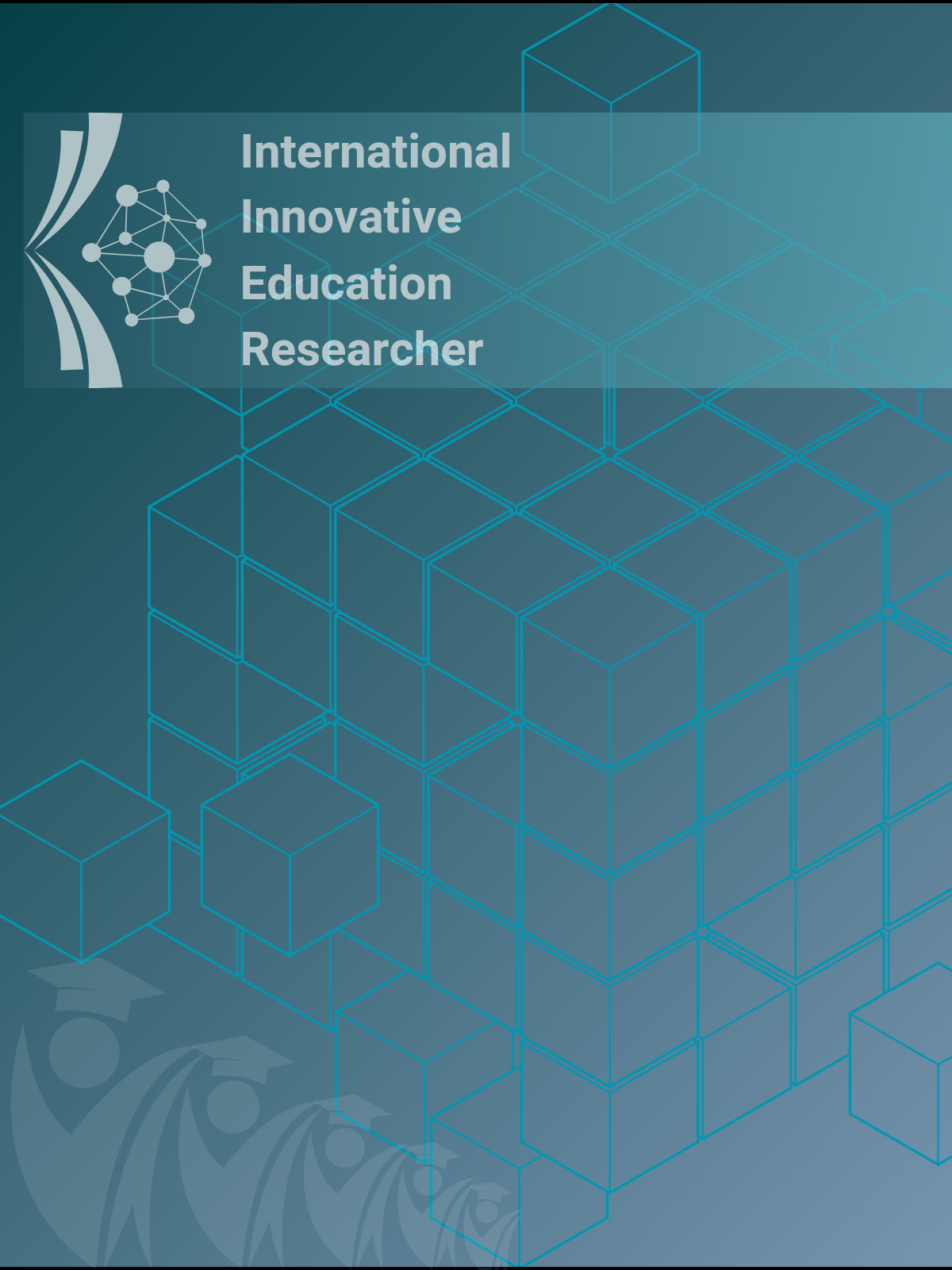Author :
Abstract
Bu çalışmanın amacı, okul dışı öğrenme ortamlarının 8. sınıf öğrencilerinin bilimsel tutumları ve bu ortamlara yönelik algıları üzerindeki etkisini incelemek; ayrıca öğrencilerin deneyimledikleri bu ortamlara ilişkin görüşlerini ortaya koymaktır. Araştırma, Türkiye’nin batısında yer alan bir devlet okulunda öğrenim gören 28 sekizinci sınıf öğrencisiyle gerçekleştirilmiştir. Uygulama dört hafta sürmüş; fen bilimleri dersi kazanımlarına uygun olarak, Biyoteknoloji Uygulama ve Araştırma Merkezi (BİYOM), Mantar Laboratuvarı, Botanik Bahçesi ve Hayvanat Bahçesi ziyaret edilmiştir. Araştırmada açıklayıcı sıralı karma yöntem deseni kullanılmıştır. Nicel veriler “Okul Dışı Öğrenme Ortamları Algı Ölçeği” ve “Bilimsel Tutum Ölçeği” ile, nitel veriler ise öğrenci çizimleri ve günlükleriyle toplanmıştır. Nicel veriler Wilcoxon işaretli sıralar testi ile, nitel veriler ise içerik analiziyle değerlendirilmiştir. Elde edilen bulgulara göre, okul dışı öğrenme ortamlarının hem bilimsel tutum hem de algı üzerinde istatistiksel olarak anlamlı bir etki yarattığı belirlenmiştir. Öğrencilerin en çok etkilendikleri ortamın Mantar Laboratuvarı olduğu; mikroskop altında mantar gözlemleri ve yapılan deneylerin öğrencilerin ilgisini çektiği görülmüştür. BİYOM ise saf tohum üretimi gibi içeriklerle öğrencilerin ilgisini çekerken, bilim insanlarıyla etkileşim fırsatı sunmuştur. Öğrenciler portfolyo dosyalarındaki günlüklerinde, okul dışı öğrenme ortamlarını faydalı, ilgi çekici ve öğrenmeyi kalıcı kılan deneyimler olarak tanımlamışlardır.
Keywords
Abstract
The aim of this study is to examine the impact of out-of-school learning environments on 8th-grade students' scientific attitudes and their perceptions of these environments, as well as to reveal students' views on their experiences in these settings. The research was conducted with 28 eighth-grade students studying at a public school in western Turkey. The implementation spanned a period of four weeks, during which students visited the Biotechnology Application and Research Center (BİYOM), a Mushroom Laboratory, a Botanical Garden, and a Zoo, in alignment with science course learning objectives. The study employed an explanatory sequential mixed-methods design. Quantitative data were collected through the "Perception Scale of Out-of-School Learning Environments" and the "Scientific Attitude Scale," while qualitative data were gathered through student drawings and journals. Quantitative data were analysed using the Wilcoxon signed-rank test, while qualitative data were analysed through content analysis. The findings indicate that out-of-school learning environments had a statistically significant impact on both scientific attitudes and perceptions. The Mushroom Laboratory was identified as the most influential setting, as students found the microscope observations and experiments particularly engaging. Additionally, BIYOM garnered students' interest with subjects such as pure seed production and facilitated opportunities for interaction with scientists. In their portfolio journals, students described out-of-school learning environments as useful, engaging, and experiences that make learning more permanent.





